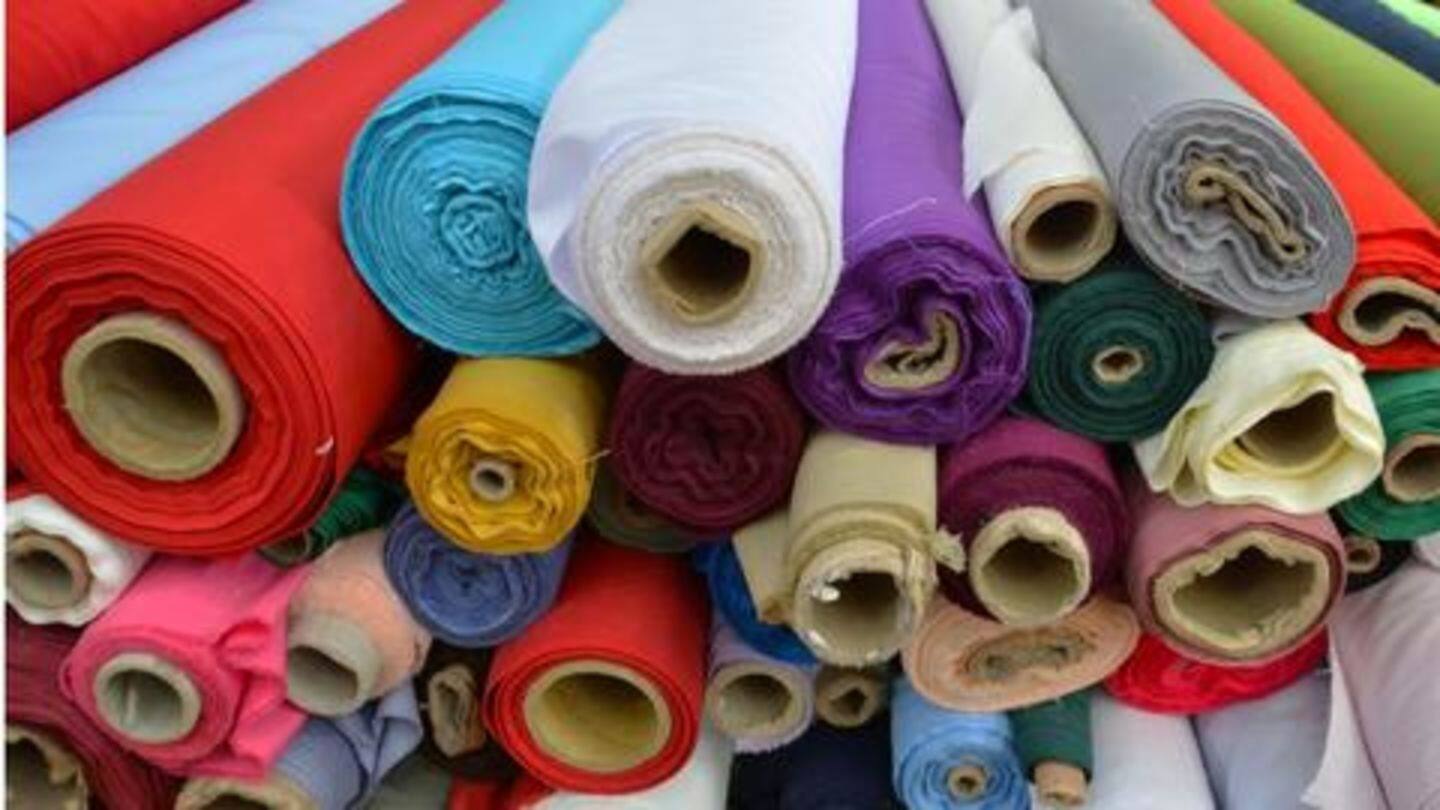
2-year-wait! Meghalaya's largest apparel manufacturing unit finally becomes operational
What's the story
Meghalaya's largest apparel manufacturing unit near Ampati has started production, after remaining idle for nearly two years.
Located at Hatisil in South West Garo Hills and covering an area of 45,000sqfeet, the apparel-factory was originally set up at a cost of Rs. 14.26cr by the Textile Ministry.
But it remained idle as the agencies that the unit was allocated to failed to start production.
Details
Center made operational after SLRD took over in September
The center was made operational after the School of Livelihood and Rural Development (SLRD) took over in September.
The SLRD is a development agency with operations across four-regions of India and has expertise in skill development, market-integration, and rural development.
Production work has finally begun and will be ramped up in stages to meet the market demand in India and Bangladesh, an official said.
Quote
'Entire activity initiated to ensure sustained livelihoods on industrial scale'
"The center has the required infrastructure to initiate manufacturing activities for apparel and accessories, which will link with our other interventions in weaving and embroidery. The entire activity was initiated to ensure sustained livelihoods on an industrial scale," SLRD mission director, Abhijit Sharma, said.
Job creator
Center to provide employment opportunities to 1,500 people
The unit is expected to provide direct and indirect employment opportunities to 1,500 people of the region.
Often, skill development initiatives don't result in sustained livelihoods due to absence of a market-linked approach, monotonous products and uncompetitive pricing, Sharma noted.
The center was inaugurated last year by Union Textiles Minister, Smriti Irani, in the presence of former-CM Mukul Sangma besides Union Minister Kiren Rijiju.
About
Center has three units, two housing 105 sewing-machines each
The unit was set up under the North East Region Textiles Promotion Scheme, an umbrella scheme for the development of various textile segments such as silk and handloom.
It has three units, two housing 105 sewing-machines each, and one having 70 machines.
Not only skilled individuals but also people in production, packaging, and market-linked activities would be required to operate the machinery, Sharma said.